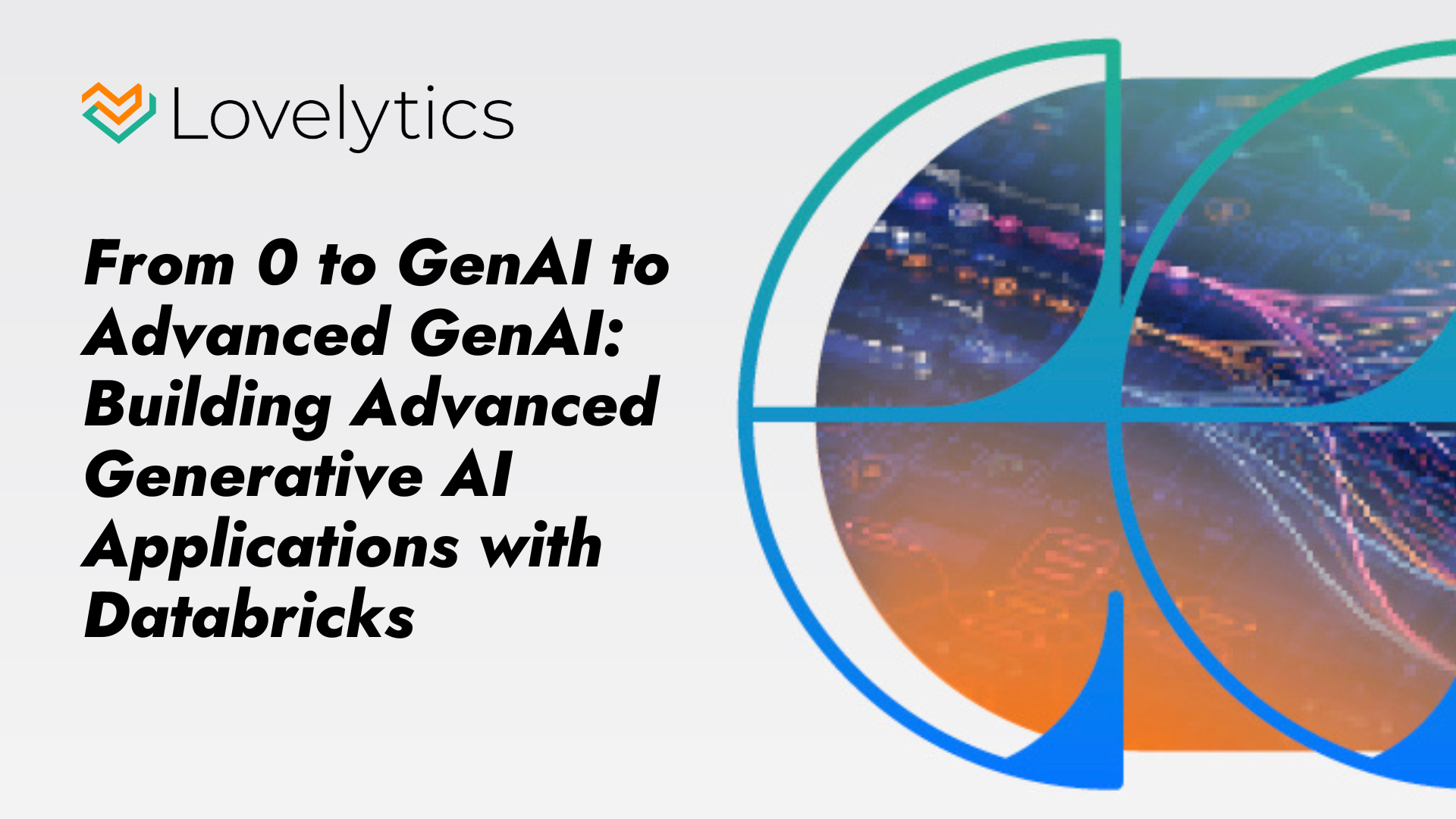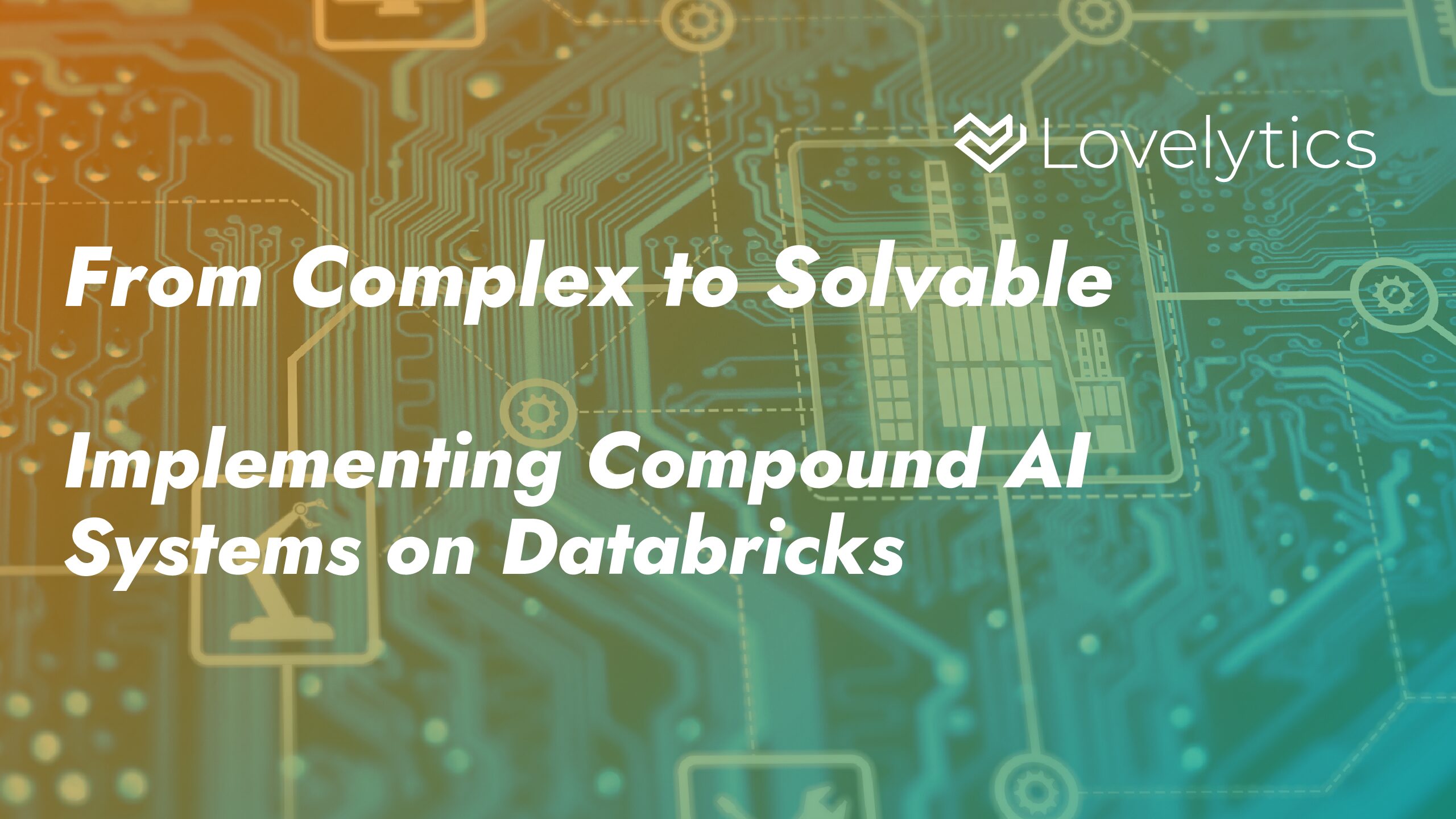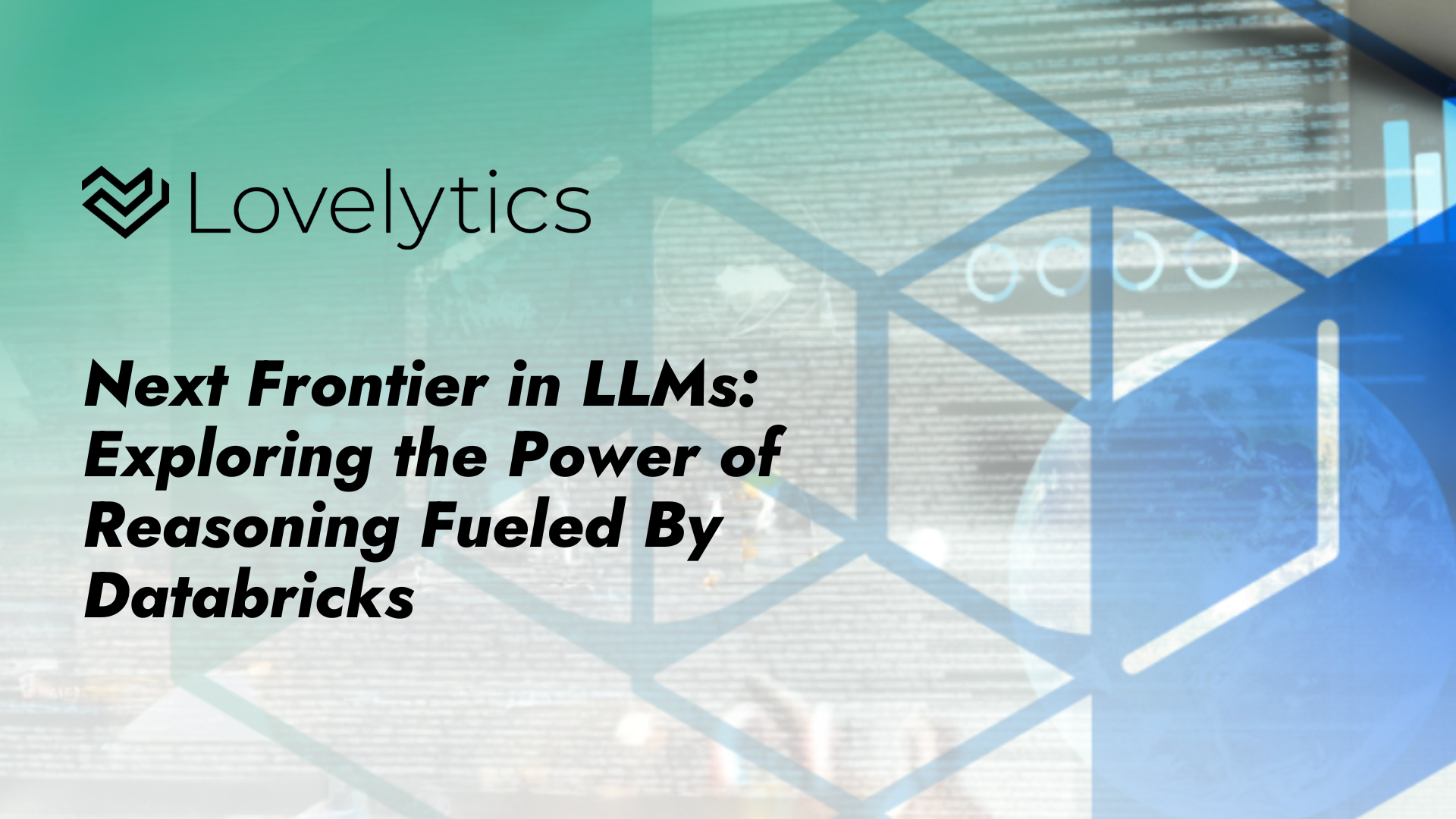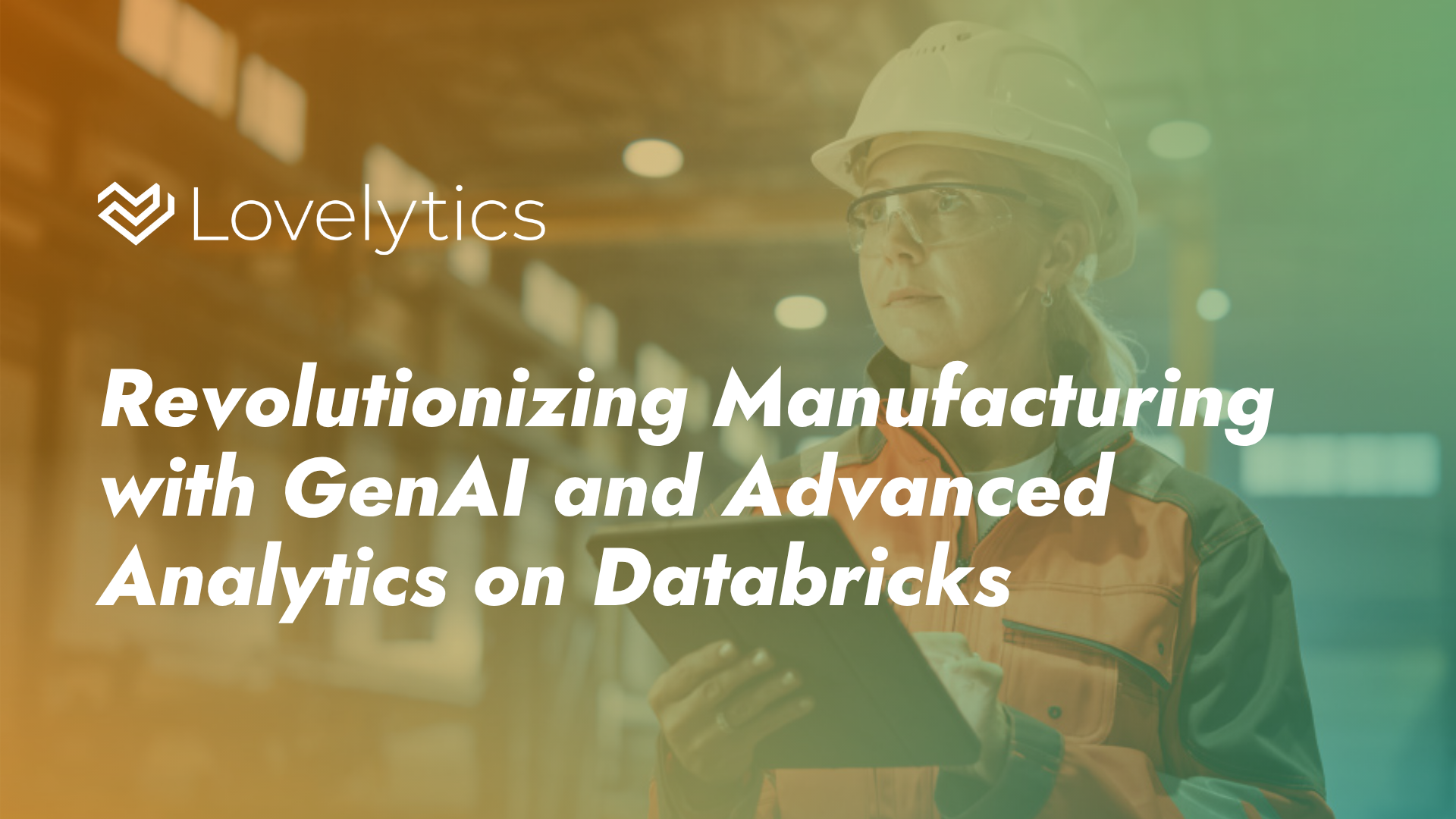Lovelytics is redefining what’s possible with Generative AI by harnessing Databricks’ AI assets, foundational models, and GenAI frameworks to accelerate breakthroughs and transformation. Our AI solutions automate workflows, enhance decision-making, and drive measurable business impact—helping organizations move faster, improve efficiency, and scale with confidence.
Inspired by industry leaders like Databricks, we shift the focus from general intelligence to data intelligence, ensuring AI is seamlessly integrated into real-world applications. With an ‘AI in the Loop’ approach, we enhance human expertise through Cognitive Architectures that drive productivity, innovation, and intelligent decision-making—giving organizations the fuel and creativity it takes to thrive in the new AI economy.






